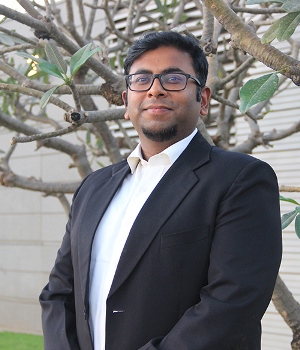Is plastic waste recycling really making a difference?

Burning plastic for fuel in cement kilns is a quick fix. It’s not really recycling plastic and the production of virgin plastic still continues to grow. Are we really making progress on recycling plastics or are we creating a new set of problems in the process?
Every year over 3.4 million MT of plastic waste is generated in India. We know that recycling is the solution to solving this problem, but reality is far more complicated. Only high value plastic is really being recycled into new plastic products while the medium-value plastic ends up as fuel mostly in cement kilns. As for low value plastic, the less said the better – they end up in our overflowing landfills, leaching slowly into the sub-soil or in the ocean. So the big question now is – how do we fix recycling itself?
Plastic consumption has increased by 40 percent since 2016 but plastic waste output has doubled in the same time. Over 65% of plastic recycled is only high quality plastic using mechanical recycling. Other methods for recycling are still in nascent stages in India, owing to lack of infrastructure, funding and few takers. Too often, the discussion around recycling tends to focus on the technology and the processing infrastructure, as if that were the bottleneck to efficient recycling. However, most of the existing infrastructure is highly under-utilised and sub-optimal. The real challenge is in creating a seamless and transparent linkage from source to processing. Once you miss out on segregation at source and the waste ends up in the landfill, you might as well give up on recovery efficiency of recyclable plastics. The low value plastics will never be picked up from the landfills.
There is an urgent need to mandate source segregation (through strict regulatory enforcement), build efficient linkages between source and processors, introduce collection charges (which is a hugely controversial and political issue) and develop strategies to optimise the capacity of the recycling ecosystem and increase the volume and types of plastic waste collected & recycled.
The new, stringent Plastic Waste Management rules 2022 (PWM) are a tremendous shot in the arm towards this end. Apart from the existing requirements for brand owners on 100% collection and recycling, there are now targets for proportion of recyclable plastic in packaging, increasing the thickness of packaging plastic and labelling guidelines which aim to improve collection efficiency. However, the success of these new guidelines requires development of the overall ecosystem.
As mentioned earlier, recycling hubs tend to be concentrated in certain areas, hence they are under-utilised and their supply chain is not streamlined. Second, the costs involved in plastic recycling are high, and unsustainable until waste generators shoulder some of the costs. The biggest concern of recycling plastic continues to be the high cost of collection and segregation the waste. The waste value chain from homes, collection points to processing and final distribution of recycled material needs every stakeholder to take responsibility.
At the Godrej Group, we have undertaken several solid and plastic waste management projects. Our observation is that source segregation at household level is where we needs the most concerted effort. The behavioural change to segregate waste at homes can take up to 3 years of sustained and reinforced communications to become second nature for people. At some point, municipalities also need to think about penalising non-segregation, monitored through digital tracking systems (which is also something we have implemented in several of our projects. Along with activities to drive behavioural change, we need to make people treat waste management as they would any other municipal utility like electricity, water or gas supply.
Each of us in the waste value chain have a pivotal role to play to ensure that recycling as a concept fulfils its potential in India. Rethinking the recycling industry has multiple benefits. Our communities will benefit from fewer landfills overflowing with waste, stakeholders can create a sustainable economy of waste, the government can generate employment and revenue, and people earn a source of livelihood through the opening up of employment opportunities in the waste space. Waste-to-wealth need not be a pipe dream but a genuine case for investment and opportunity.
- Ramnath Vaidyanathan, AVP, Environmental Sustainability, Godrej Industries Limited & Associate Companies

